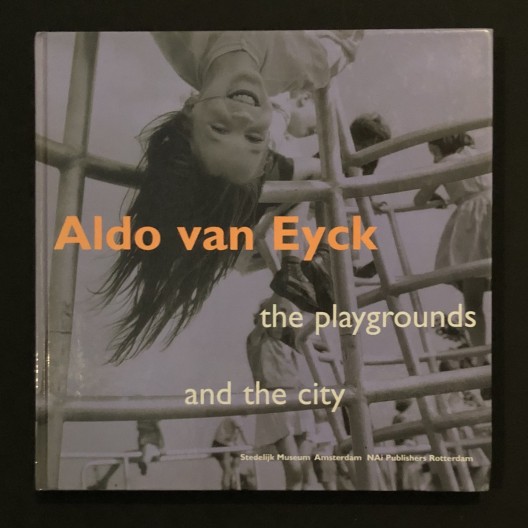- Rupture de stock








Climbing frames, arches, igloos, tumbling bars, jumping stones, and climbing walls all found their way into unsightly wastelands and boring squares thanks to the visionary help of architect Aldo van Eyck, who transformed urban spaces in Amsterdam into more than 700 playgrounds between 1947 and 1978.
 Garanties sécurité
Garanties sécurité
(à modifier dans le module "Réassurance")
 Politique de livraison
Politique de livraison
(à modifier dans le module "Réassurance")
 Politique retours
Politique retours
(à modifier dans le module "Réassurance")
Climbing frames, arches, igloos, tumbling bars, jumping stones, and climbing walls all found their way into unsightly wastelands and boring squares thanks to the visionary help of architect Aldo van Eyck, who transformed urban spaces in Amsterdam into more than 700 playgrounds between 1947 and 1978. Beyond the sites' spatial designs, van Eyck also developed a whole series of sandpits, climbing frames, and other equipment in his radical, charming recreation of the city into a space for play. This book considers the importance of the playground in general and more specifically within the international postwar developments in city planning. Van Eyck's sources of inspiration, from Kurt Schwitters to Jacoba Mulder, are surveyed. The playgrounds themselves are examined on the basis of how they were received at the time of construction, through letters from neighborhood residents, memoranda by public officials, and the reactions of contemporary architects. A separate essay traces what happened to the playgrounds after 1978, and how van Eyck's ideas resonate in the design practices and spatial planning policy of today.
Fiche technique
Références spécifiques